Boston Children's Museum
308 Congress Street, Boston, MA 02210
617-426-6500
© Boston Children’s Museum 2025
Website Design by Jackrabbit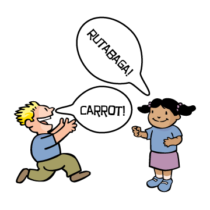
Math is a natural subject to fit into your everyday work with your students. The Mixing in Math curriculum, created by TERC (click here to visit the website), contains lots of great math activities that require little or no materials, and are easy to fit into what you are already doing. This activity, which is adapted from the Mixing in Math curriculum, helps children practice categorizing and data collection.
VIEW ACTIVITY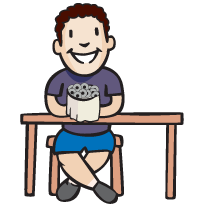
Children are inundated with advertisements practically as soon as they are born. Many of these advertisements can be tricky…or even misleading. If we would like our children to grow up to be savvy consumers, we need to help them develop independent thinking skills, and have them practice being thoughtful about the choices that they make. This activity encourages children to compare different brands of products, design scientific tests to compare those products, and determine which of them is the best buy.
VIEW ACTIVITY
Now that you have tested one product…how about testing some more? Children are inundated with advertisements practically as soon as they are born. Many of these advertisements can be tricky…or even misleading. If we would like our children to grow up to be savvy consumers, we need to help them develop independent thinking skills, and have them practice being thoughtful about the choices that they make. This follow-up to the Consumer Reports Jr. activity encourages children to compare different brands of products, design scientific tests to compare those products, determine which of them is the best buy, and share the results with their peers, family and community.
VIEW ACTIVITY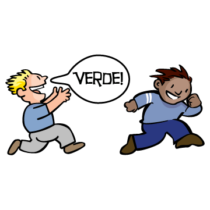
This game has lots of advantages—not only does it give kids a chance to run around and get some exercise, but it also sharpens their observation skills; helps younger children with their colors; and exposes children to another language and culture.
VIEW ACTIVITY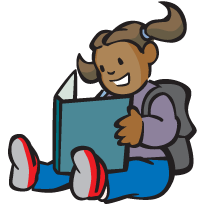
Providing a context to an activity can help to give it significantly more meaning for children. Before doing the My Own Soccer Ball activity, read this story to children and learn a little more about life and soccer in Kenya.
VIEW ACTIVITY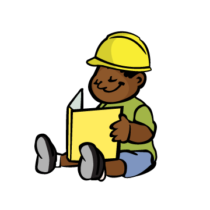
Providing a context to an activity can help to give it significantly more meaning for children. Before doing the Mekena engineering activity, read this story to children and learn about a real Mekena builder from Ethiopia.
VIEW ACTIVITY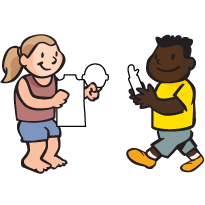
Communities from all over the world use folktales to convey cultural beliefs and practices. In parts of Liberia, elders tell folktales to children in the palaver hut, a place the community also uses for conflict resolution.
VIEW ACTIVITY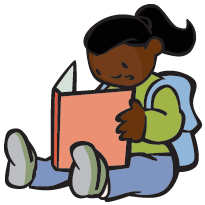
Providing a context to an activity can help to give it significantly more meaning for children. In tandem with the Adinkra and Adinkra Stamps activities, read this story to children and learn a little more about the significance of these beautiful Adinkra symbols.
VIEW ACTIVITY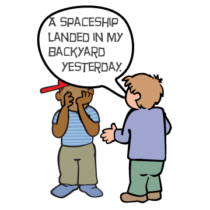
Open-ended creativity is natural for kids—adding teamwork to the mix makes this an activity that you’ll want to do over and over. Story Tag encourages quick thinking, creativity, focus, adaptability and practice of spoken language skills. It also helps children learn how to create clear sentences that help develop a central idea, and how a story develops from beginning to end.
VIEW ACTIVITY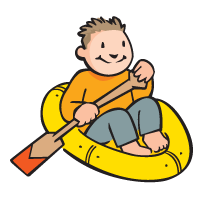
Games like Captain’s Coming and Simon Says are great ways to help children practice listening carefully to instructions. In this game children must learn and understand new vocabulary, they need to cooperate with their peers and they will get lots of great exercise—while they have a whole lot of fun!
VIEW ACTIVITY